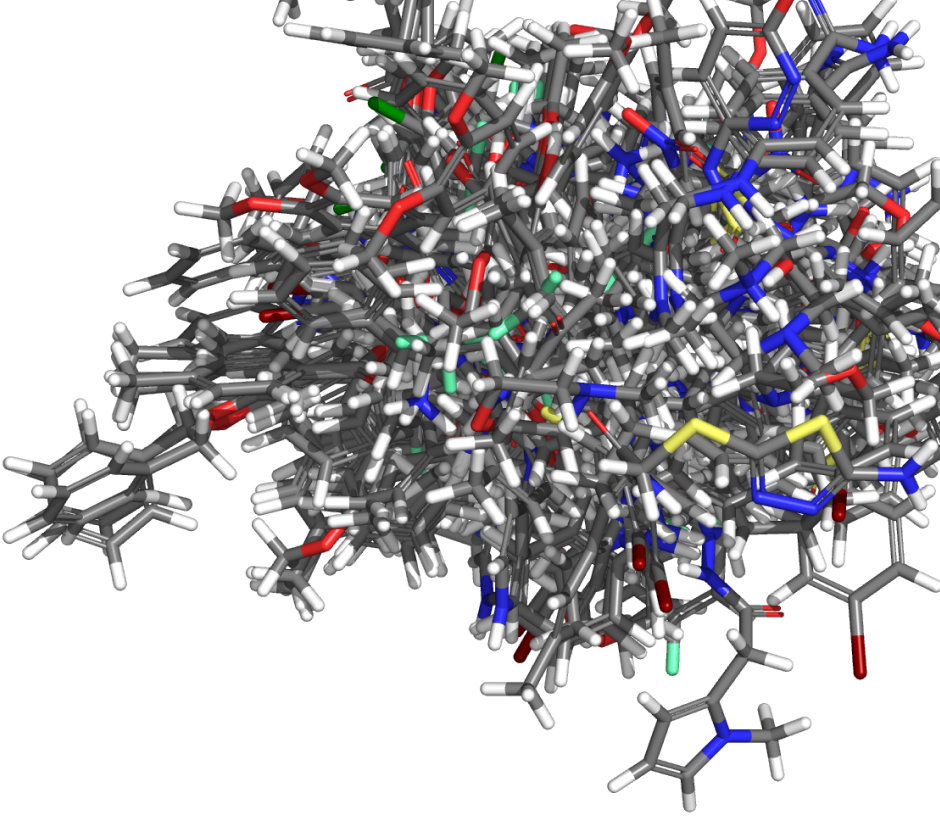LigPrep
Versatile ligand preparation tool for structure-based workflows

Versatile ligand preparation tool for structure-based workflows

LigPrep is a tool to robustly and rapidly prepare high-quality small molecule ligand structures for structure-based virtual screening and other computational workflows. LigPrep works by expanding tautomeric and ionization states, ring conformations, and stereoisomers consistent with the input information to fully capture the relevant states of the molecule in 3D.
Get answers to common questions and learn best practices for using Schrödinger’s software.

Learn more about the related computational technologies available to progress your research projects.
Quantum mechanics solution for rapid and accurate prediction of molecular structures and properties
An easy-to-use pharmacophore modeling solution for ligand- and structure-based drug design
Physics-based solution for rapid and accurate prediction of passive membrane permeability
Browse the list of peer-reviewed publications using Schrödinger technology in related application areas.
Level up your skill set with hands-on, online molecular modeling courses. These self-paced courses cover a range of scientific topics and include access to Schrödinger software and support.
Learn how to deploy the technology and best practices of Schrödinger software for your project success. Find training resources, tutorials, quick start guides, videos, and more.